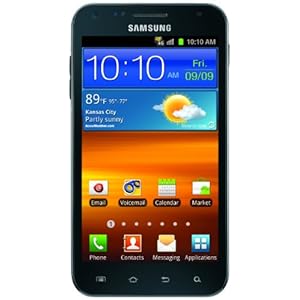PROJECT PREPARATION (what to do before starting mixing)
Hello and welcome to this week's article!! Today we're going to talk about how to prepare your project before starting mixing, and how to organize your layout in order to not go completely mad with the Daw interface, making the workflow easier, faster and more CPU friendly. Assuming that you have imported (or Recorded) on you project all the tracks you need, let's get rollin':
1) Step One - Track Naming and Disposition: The best way to start is to name every track with a name that makes it easy to find even in the most clogged workflow, for example "Lead Vocals", "Rhythm Guitar Left", "Rhythm Guitar Right", and so on, then organize their disposition in groups of tracks by dragging them higher or lower in the layout, for example many studios starts with the Drum Tracks, and Colour them with the same Colour, then the Bass Tracks, and choose a different colour, then the Guitar Tracks, with another colour, then the ‘extra’ instruments (keyboards, strings…) and finally the vocal tracks. Click here for a dedicated tutorial on how to Create a Template for your DAW.
2) Step Two - Group Channel Tracks: now that we have all of the single tracks in order, we will find that we have, for example, four guitar tracks that shares the same settings, the same eq and volume, and the same effect chain, four vocal tracks, ten drum tracks and two bass tracks. Instead of effecting and applying the same settings on any single track, multiplying the Cpu load and the the waste of time, we can create Group Channel Tracks in order to apply the same settings to all the similiar tracks that we have, for example we can create a Vocal Group, a Drum Group and so on, and we can even create Sub Groups that goes into other Groups. If you Mute or Solo a Group Channel, all the tracks routed on it will be affected. If you need, you can also Link Channels, so that if you move the Volume Fader, Solo or Mute one channel, it will affect all the linked ones. Click here for a dedicated tutorial on how to use Group Channel Tracks and How to Link Channels.
3) Step Three - Editing: Now it's time to cut every background noise in between of the played parts in the audio tracks of our project, since noise it's useless and harmful, especially in projects with many tracks: the noise present on every track will sum up, to the point that it will be really tedious. Once we have got rid of the noise, it's time to do some Time Editing: we can improve the timing of anything, from drums, to vocals, to the single guitar strums, by cutting the track at the Zero Point, which is the 0db area before the start of a sound, and moving the area forward or backward in order to match the other instruments (usually the drums). If you select the "Snap to Grid" button, the cursor will snap the selected sound to the MIDI grid, which can be divided in 1/8, 1/16, 1/32 and so on, in order to be more precise for the positioning. If you feel that for example the vocals on the first chorus are way better than the ones of the second chorus, you can copy and paste the first chorus vocals on the second too, in order to improve what cannot be recorded again. For more info, check out the dedicated article about Editing!
4) Step four - Pitch Shifting / Autotuning: Once everything is perfectly organized and routed, and all the audio tracks are finely edited and in timed one another, it's time to check out the tuning, especially of the Vocals, but also for example for Bass or Guitars (although tuning software works well almost exclusively with Clean or Acoustic Guitars). For more info, Click Here to read the dedicated Article about Autotuning!
Once you have found the layout best fitting your needs, you can also Save it as a Template, so that your next projects will be even faster and smoother!
Become fan of this blog on Facebook! Share it and contact us to collaborate!!





